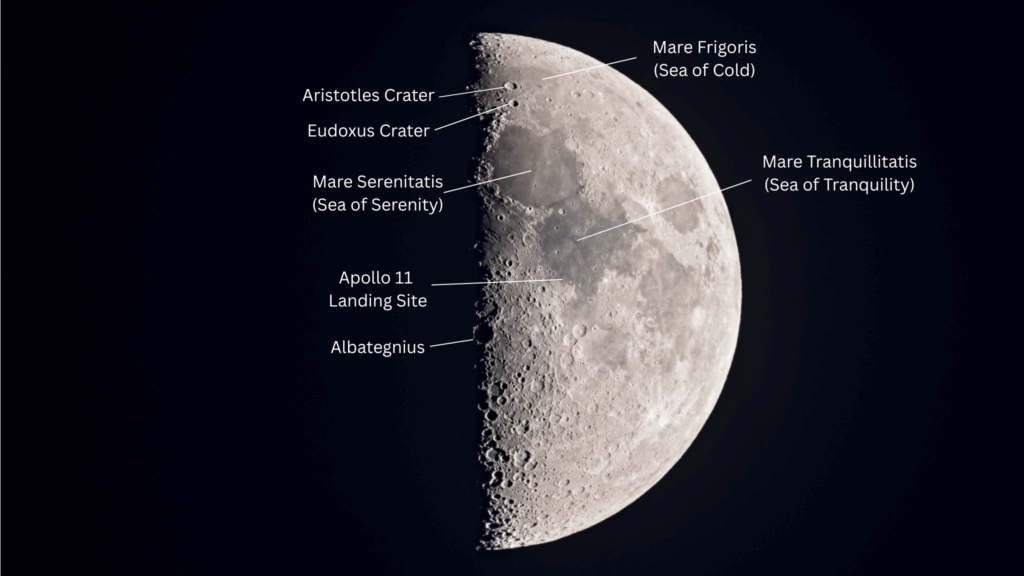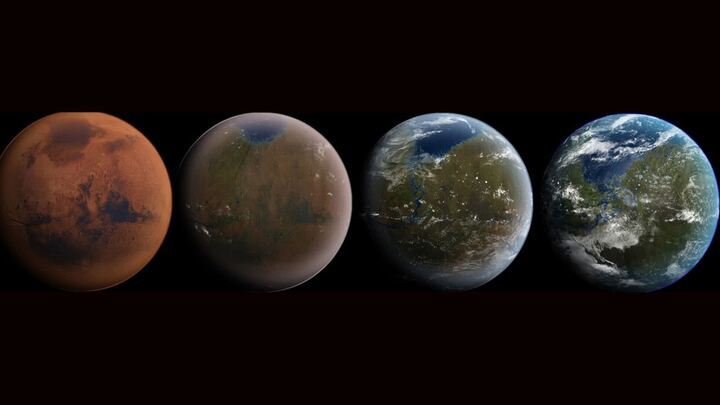The sun will reach the peak of its current activity cycle in 2024, one year earlier than previous estimates, according to experts at NOAA’s Space Weather Prediction Center (SWPC).
The revised prediction now places Solar Cycle 25’s peak of activity known as “solar maximum” between January and October 2024 according to a NOAA statement. The peak will be earlier, stronger and last longer than estimates made in 2019.
The solar cycle describes an approximately 11-year period of solar activity driven by the sun’s magnetic field and indicated by the frequency and intensity of visible sunspots on the surface.
Related: The next 4 to 5 years will be the best time to see the northern lights this solar cycle
Predictions on when solar maximum will occur are based on long-term historical records of sunspot numbers, advanced statistics and models of the solar dynamo — the flow of hot, ionized gases within the sun that generate our star’s magnetic field which in turn drives the solar cycle.
“We expect that our new experimental forecast will be much more accurate than the 2019 panel prediction and, unlike previous solar cycle predictions, it will be continuously updated on a monthly basis as new sunspot observations become available,” solar scientist Mark Miesch said in the NOAA statement. “It’s a pretty significant change.”

The revised prediction is good news for eclipse chasers as the total solar eclipse on April 8, 2024 will occur near the solar maximum. During totality, when the moon completely obscures the sun’s disk, the sun’s outer atmosphere (known as the corona) is visible to observers. During heightened solar activity, the corona is very active and eagle-eyed observers may be able to see solar prominences — gigantic loops of plasma extending outward from the sun — appear as bright pink spots at the sun’s edges.
Accurate predictions of solar activity are crucial as geomagnetic storms triggered by plasma outbursts known as coronal mass ejections can affect electrical grids, GPS signals, drag satellites out of orbit and pose a radiation risk to airline workers and astronauts. Advanced warning of space weather events can help industries implement safeguarding procedures to reduce the risk to both their equipment and workers.
“We can’t ignore space weather, but we can take appropriate measures to protect ourselves,” NASA says.
We are of course not without our own natural protection — Earth’s magnetic field.
Related stories:
When energetic particles and magnetic fields are released from the sun during events such as solar flares and coronal mass ejections, Earth can sometimes find itself within the line of fire.
When this happens, our protective magnetic “bubble” known as the magnetosphere repels harmful energy away from Earth and traps it in zones called the Van Allen radiation belts. These donut-shaped belts of radiation can swell when the sun’s activity increases.
But our protective shield is not invincible.
During particularly strong space weather events — which are more common during solar maximum — Earth’s magnetic field is disturbed and geomagnetic storms can penetrate the magnetosphere and lead to widespread radio and power blackouts as well as endangering astronauts and Earth-orbiting satellites. One notable example occurred in 1989 when a CME accompanied a solar flare and plunged the entire province of Quebec, Canada into an electrical blackout that lasted around 12 hours according to NASA.
However, not all magnetosphere interferences are destructive, and one disturbance in particular gives rise to a remarkable show — auroras. The phenomenon is known as the northern lights (aurora borealis) in the Northern Hemisphere and the southern lights (aurora australis) in the Southern Hemisphere and is triggered by energetic particles being redirected toward Earth’s poles and colliding with atoms of oxygen and nitrogen in Earth’s atmosphere.
Related: Aurora colors: What causes them and why do they vary?
Solar activity can have a large impact on our technological world which is why advanced notice and accurate predictions are key to mitigating potential damage and of course, give aurora chasers the information they need to capture incredible shows!


